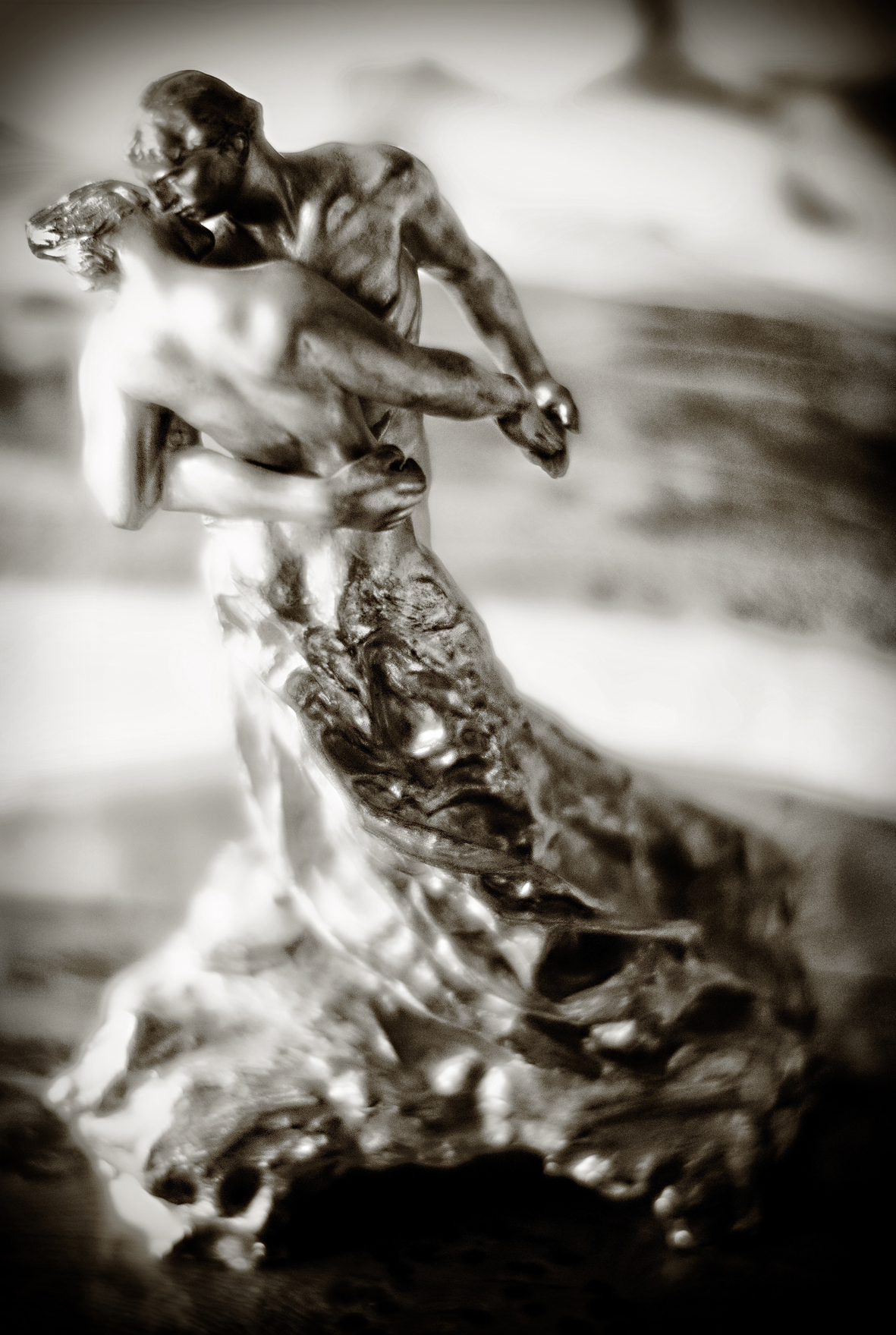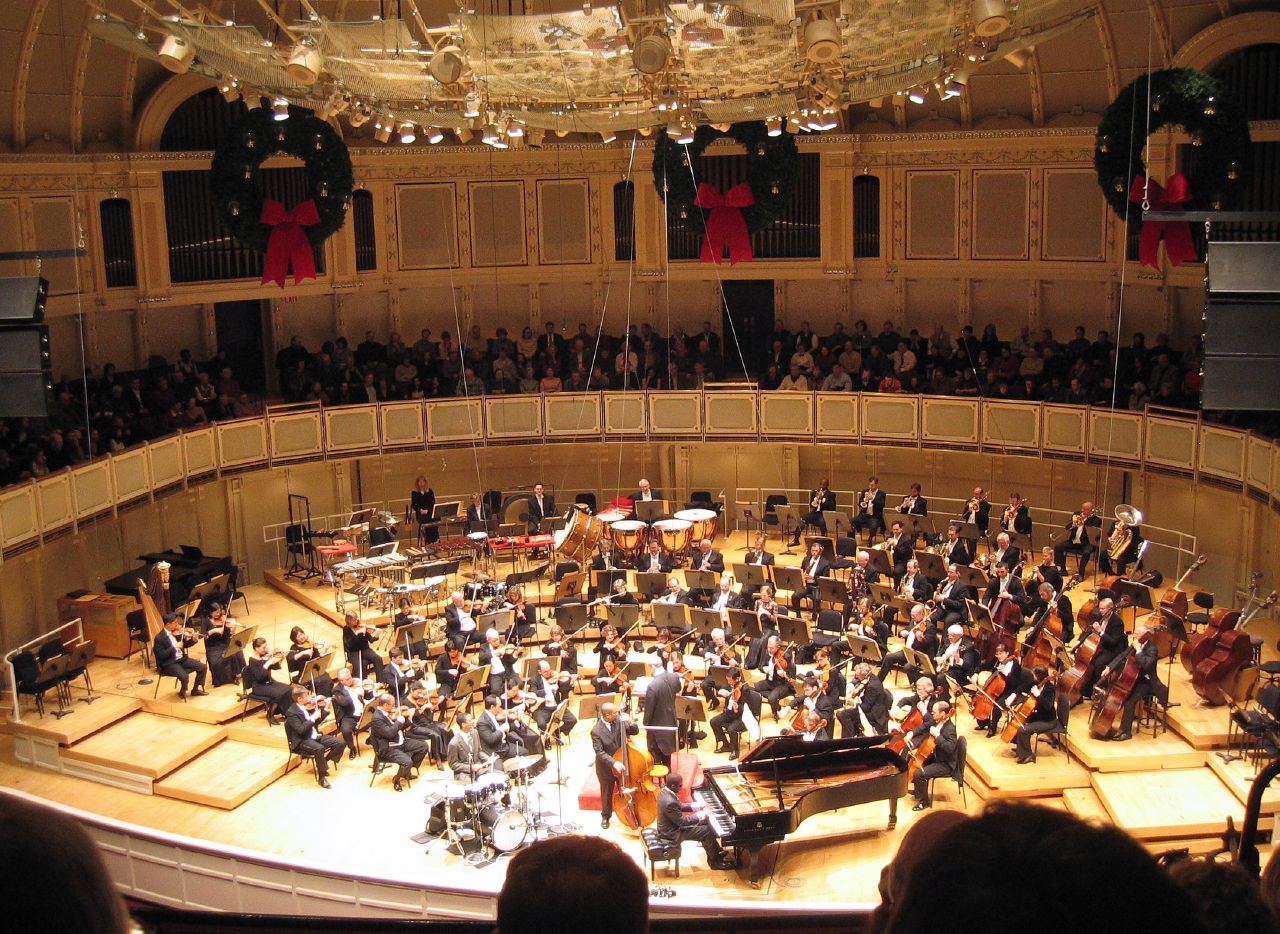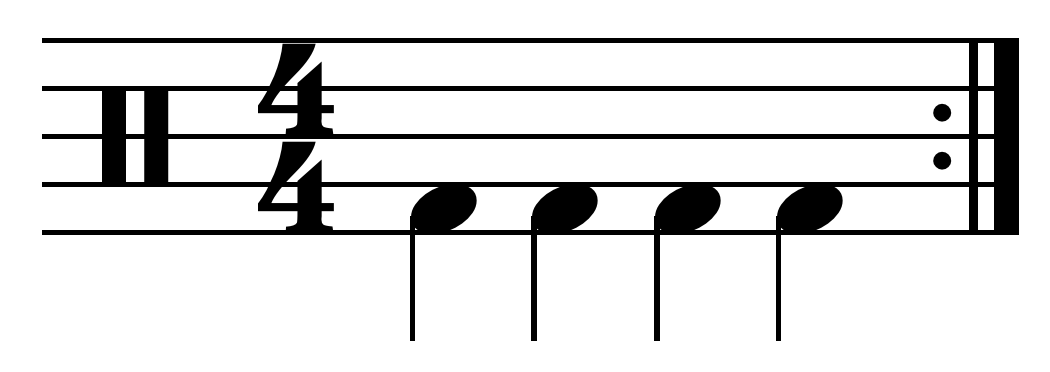|
Rosen Aus Dem Süden
"Rosen aus dem Süden" ("Roses from the South"), Op. 388, is a waltz medley composed by Johann Strauss II in 1880 with its themes drawn from the operetta '' Das Spitzentuch der Königin'' (''The Queen's Lace Handkerchief''). Strauss dedicated the waltz to King Umberto I of Italy. First performance The waltz was first performed at the regular Sunday concerts of the Strauss Orchestra conducted by Eduard Strauss on 7 November 1880 at the Musikverein in Vienna. Its themes drawn from the operetta are the act 1 "Trüffel-Couplet" and the act 2 romance "Wo die wilde Rose erblüht" ("Where the Wild Rose Blossoms"). The act 2 romance inspired the title of the waltz. Instrumentation The waltz is scored for an orchestra of 2 flutes (2nd doubling piccolo), 2 oboes, 2 clarinets in C, 2 bassoons, 4 French horns in F, 2 trumpets in F, 3 trombones, timpani, snare drum, triangle, bass drum, cymbals, harp, and strings. Description The waltz ranks among the "Waltz King" 's most no ... [...More Info...] [...Related Items...] OR: [Wikipedia] [Google] [Baidu] |
Waltz
The waltz ( , meaning "to roll or revolve") is a ballroom dance, ballroom and folk dance, in triple (3/4 time, time), performed primarily in closed position. Along with the ländler and allemande, the waltz was sometimes referred to by the generic term German Dance in publications during the late 18th and early 19th centuries. History There are many references to a sliding or gliding dance, including ''volte'', that would evolve into the waltz that date from 16th-century Europe, including the representations of the Printmaking, printmaker Sebald Beham, Hans Sebald Beham. The French philosopher Michel de Montaigne wrote of a dance he saw in 1580 in Augsburg, where the dancers held each other so closely that their faces touched. Kunz Haas (of approximately the same period) wrote, "Now they are dancing the godless ''Weller'' or ''Spinner''."Nettl, Paul. "Birth of the Waltz." In ''Dance Index'' vol 5, no. 9. 1946 New York: Dance Index-Ballet Caravan, Inc. pages 208, 211 "The ... [...More Info...] [...Related Items...] OR: [Wikipedia] [Google] [Baidu] |
Trombone
The trombone (, Italian, French: ''trombone'') is a musical instrument in the Brass instrument, brass family. As with all brass instruments, sound is produced when the player's lips vibrate inside a mouthpiece, causing the Standing wave, air column inside the instrument to vibrate. Nearly all trombones use a telescoping slide mechanism to alter the Pitch (music), pitch instead of the brass instrument valve, valves used by other brass instruments. The valve trombone is an exception, using three valves similar to those on a trumpet, and the superbone has valves and a slide. The word "trombone" derives from Italian ''tromba'' (trumpet) and ''-one'' (a suffix meaning "large"), so the name means "large trumpet". The trombone has a predominantly cylindrical bore like the trumpet, in contrast to the more conical brass instruments like the cornet, the flugelhorn, the Baritone horn, baritone, and the euphonium. The most frequently encountered trombones are the tenor trombone and bass tr ... [...More Info...] [...Related Items...] OR: [Wikipedia] [Google] [Baidu] |
E-flat Major
E-flat major is a major scale based on E, consisting of the pitches E, F, G, A, B, C, and D. Its key signature has three flats. Its relative minor is C minor, and its parallel minor is E minor, (or enharmonically D minor). The E-flat major scale is: Changes needed for the melodic and harmonic versions of the scale are written in with accidentals as necessary. The E-flat harmonic major and melodic major scales are: Scale degree chords The scale degree chords of E-flat major are: * Tonic – E-flat major * Supertonic – F minor * Mediant – G minor * Subdominant – A-flat major * Dominant – B-flat major * Submediant – C minor * Leading-tone – D diminished Characteristics The key of E-flat major is often associated with bold, heroic music, in part because of Ludwig van Beethoven's usage. His ''Eroica Symphony'', ''Emperor Concerto'' and ''Grand Sonata'' are all in this key. Beethoven's (hypothetical) 10th Symphony is also in E-flat. B ... [...More Info...] [...Related Items...] OR: [Wikipedia] [Google] [Baidu] |
G Major
G major is a major scale based on G (musical note), G, with the pitches G, A (musical note), A, B (musical note), B, C (musical note), C, D (musical note), D, E (musical note), E, and F♯ (musical note), F. Its key signature has one sharp (music), sharp. Its relative key, relative minor is E minor and its parallel key, parallel minor is G minor. The G major scale is: Changes needed for the melodic and harmonic versions of the scale are written in with accidentals as necessary. The G Harmonic major scale, harmonic major and Melodic major scale, melodic major scales are: Scale degree chords The scale degree chords of G major are: * Tonic (music), Tonic – G major * Supertonic – A minor * Mediant – B minor * Subdominant – C major * Dominant (music), Dominant – D major * Submediant – E minor * Leading-tone – Diminished triad, F-sharp diminished Notable compositions Baroque period In Baroque music, G major was regarded as the "key of benediction". Of Domen ... [...More Info...] [...Related Items...] OR: [Wikipedia] [Google] [Baidu] |
F Major
F major is a major scale based on F, with the pitches F, G, A, B, C, D, and E. Its key signature has one flat.Music Theory'. (1950). United States: Standards and Curriculum Division, Training, Bureau of Naval Personnel. 28. Its relative minor is D minor and its parallel minor is F minor. The F major scale is: Changes needed for the melodic and harmonic versions of the scale are written in with accidentals as necessary. The F harmonic major and melodic major scales are: F major is the home key of the English horn, the basset horn, the horn in F, the trumpet in F and the bass Wagner tuba. Thus, music in F major for these transposing instruments is written in C major. These instruments sound a perfect fifth lower than written, with the exception of the trumpet in F which sounds a fourth higher. Scale degree chords The scale degree chords of F major are: * Tonic – F major * Supertonic – G minor * Mediant – A minor * Subdominant – B-flat majo ... [...More Info...] [...Related Items...] OR: [Wikipedia] [Google] [Baidu] |
Vienna New Year's Concert
The Vienna New Year's Concert () is an annual concert of classical music performed by the Vienna Philharmonic on the morning of New Year's Day in Vienna, Austria. The concert occurs at the Musikverein at 11:15. The orchestra performs the same concert programme on 30 December, 31 December, and 1 January but only the last concert is broadcast every year on radio and television. Music and setting The concert programmes always include pieces from the Strauss family—Johann Strauss I, Johann Strauss II, Josef Strauss and Eduard Strauss. On occasion, music principally of other Austrian composers, including Joseph Hellmesberger Jr., Joseph Lanner, Wolfgang Amadeus Mozart, Otto Nicolai (the Vienna Philharmonic's founder), Emil von Reznicek, Franz Schubert, Carl Zeller, Carl Millöcker, Franz von Suppé, and Carl Michael Ziehrer has featured in the programmes. In 2009, music by Joseph Haydn was played for the first time, where the 4th movement of his "Farewell" Symphony marked ... [...More Info...] [...Related Items...] OR: [Wikipedia] [Google] [Baidu] |
Vienna Philharmonic
Vienna Philharmonic (VPO; ) is an orchestra that was founded in 1842 and is considered to be one of the finest in the world. The Vienna Philharmonic is based at the Musikverein in Vienna, Austria. Its members are selected from the orchestra of the Vienna State Opera. Selection involves a lengthy process, with each musician demonstrating their capability for a minimum of three years' performance for the opera and ballet. After this probationary period, the musician may request an application for a position in the orchestra from the Vienna Philharmonic's board. The Vienna Philharmonic hires no musician over 35 years of age, and has a mandatory retirement age of 65; 30 years of service are required for full pension. History Precursors and formation Until the 1830s, orchestral performance in Vienna was done by ''ad hoc'' orchestras, consisting of professional and (often) amateur musicians brought together for specific performances. In 1833, Franz Lachner formed the forerunner of t ... [...More Info...] [...Related Items...] OR: [Wikipedia] [Google] [Baidu] |
Score
SCORE may refer to: *SCORE (software), a music scorewriter program * SCORE (television), a weekend sports service of the defunct Financial News Network *SCORE! Educational Centers *SCORE International, an offroad racing organization *Sarawak Corridor of Renewable Energy, a regional development corridor in Malaysia *Singapore Corporation of Rehabilitative Enterprises, the former name of Yellow Ribbon Singapore, a statutory board under the Ministry of Home Affairs *Project SCORE, a communications satellite *Service Corps of Retired Executives, a mentorship program affiliated with the Small Business Administration See also *Score (other) *The Score (other) The Score may refer to: Films and television * ''The Score'' (1978 film), a 1978 Swedish film, released in Sweden as ''Lyftet'' * ''The Score'' (2001 film), a 2001 crime drama film starring Robert De Niro and Edward Norton * ''The Score'' (2005 ... * Scores (other) {{Disambiguation ... [...More Info...] [...Related Items...] OR: [Wikipedia] [Google] [Baidu] |
String Section
The string section of an orchestra is composed of bowed instruments belonging to the violin family. It normally consists of first and second violins, violas, cellos, and double basses. It is the most numerous group in the standard orchestra. In discussions of the Orchestration, instrumentation of a musical work, the phrase "the strings" or "and strings" is used to indicate a string section as just defined. An orchestra consisting solely of a string section is called a string orchestra. Smaller string sections are sometimes used in jazz, pop, and rock music and in the pit orchestras of musical theatre. Seating arrangement The most common seating arrangement in the 2000s is with first violins, second violins, violas, and cello sections arrayed clockwise around the Conductor (music), conductor, with basses behind the cellos on the right. The first violins are led by the concertmaster (leader in the UK); each of the other string sections also has a principal player (principal secon ... [...More Info...] [...Related Items...] OR: [Wikipedia] [Google] [Baidu] |
Pedal Harp
The pedal harp (also known as the concert harp) is a large and technologically modern harp, designed primarily for use in art music. It may be played solo, as part of a chamber ensemble, or in an orchestra. It typically has 47 strings with seven strings per octave, giving a range of six and a half octaves. In this type of harp the pedals alter the pitch of the strings, so that the pedal harp can easily play works written in any key (music), key. This is particularly important in the harmonically complex music of the Romantic (music), Romantic period and later 20th-century classical music. Parts Body and strings A pedal harp typically stands about high, is deep, and wide at the bass end of the soundboard. It weighs about . The body of the harp consists of a straight upright pillar, sometimes adorned with a crown at the top; a soundboard, which in most harps is pear-shaped with additional width at the bottom, although some older instruments have soundboards that are straig ... [...More Info...] [...Related Items...] OR: [Wikipedia] [Google] [Baidu] |
Cymbal
A cymbal is a common percussion instrument. Often used in pairs, cymbals consist of thin, normally round plates of various alloys. The majority of cymbals are of indefinite pitch, although small disc-shaped cymbals based on ancient designs sound a definite note (such as crotales). Cymbals are used in many ensembles ranging from the orchestra, percussion ensembles, jazz bands, heavy metal bands, and marching groups. Drum kits usually incorporate at least a crash, ride, or crash/ride, and a pair of hi-hat cymbals. A player of cymbals is known as a cymbalist. Etymology and names The word cymbal is derived from the Latin , which is the latinisation , which in turn derives . In orchestral scores, cymbals may be indicated by the French ; German , , , or ; Italian or ; and Spanish . Many of these derive from the word for plates. History Cymbals have existed since ancient times. Representations of cymbals may be found in reliefs and paintings from Armenian Highlands (7t ... [...More Info...] [...Related Items...] OR: [Wikipedia] [Google] [Baidu] |
Bass Drum
The bass drum is a large drum that produces a note of low definite or indefinite pitch. The instrument is typically cylindrical, with the drum's diameter usually greater than its depth, with a struck head at both ends of the cylinder. The heads may be made of calfskin or plastic and there is normally a means of adjusting the tension, either by threaded taps or by strings. Bass drums are built in a variety of sizes, but size does not dictate the volume produced by the drum. The pitch and the sound can vary much with different sizes,Norman Del Mar, Del Mar, Norman (1981). ''Anatomy of the Orchestra''. . but the size is also chosen based on convenience and aesthetics. Bass drums are percussion instruments that vary in size and are used in several musical genres. Three major types of bass drums can be distinguished. * The type usually seen or heard in orchestral, ensemble or concert band music is the orchestral, or concert bass drum (in Italian: gran cassa, gran tamburo). It is the ... [...More Info...] [...Related Items...] OR: [Wikipedia] [Google] [Baidu] |




